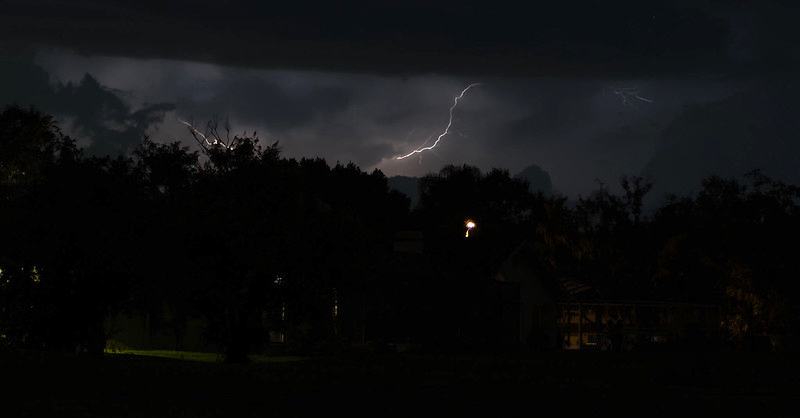Evaluation

“All the information contained in this section is for guidance only. Psious environments are therapy supporting tools that must be used by the healthcare professional within an evaluation and intervention process designed according to the characteristics and needs of the user.
Also remember that you have the General Clinical Guide in which you have more information on how to adapt psychological intervention techniques (exposure, systematic desensitization, cognitive restructuring, chip economy…) to Psious environments.”
Fear of darkness and storms evaluation
Evaluation Objectives
- Evaluate the presence and comorbidity of other emotional disorders, in particular anxiety from separation, night terrors, sleep alterations, other phobias…
Evaluate anxiety associated with dimensions
- DARKNESS
- Personal safety (eg. rapture, robbers)
- Loss or separation (eg. in children, for example with their parents)
- Nightmares
- Imaginary creatures
- Darkness
- STORMS
- Personal safety/damage
- Intense sounds
- Set the feared stimulative settings for the patient and define to what extent. Exposure hierarchy development, assess if there is only fear of darkness or storms or both collectively.
- Measure the presence of distorted thoughts: monsters, robbers, lightning coming through the windows… In the case of MRI, especially those associated with suffocation, possible damage caused by the machine and fear of losing control.
Some useful instruments for fear of darkness and/or storms evaluation (children and adults)
Taking the evaluation objectives into account let’s proceed onto listing some tools and devices that can be useful in gathering relevant information on the user characteristics. Always remember good goal setting, patient characterization and intervention planning are important in effective and efficient therapies, as that of your patients’ satisfaction. The following are the articles you will find in the bibliography where you can refer to the proposed tool characterization:
Child evaluation
- OPEN INTERVIEWS
- Structured interview: ADIS-IV:C (Children)
- Interview with one or both parents: education background, coping with fear…
- Natural observation procedures for parents (similar to Orgilés proposal, Méndez y Espada, 2005): Register of Behavior to Darkness and Register at Bedtime.
- Artificial observation procedures for parents (based on Orgilés, Méndez y Espada, 2005): behavioral approach test to darkness and darkness tolerance test.
- Fear level thermometer for children applicable to the observation procedures.
- Bedtime register (BD)
- SELF-REPORTING
- General diagnosis examination questionnaire for parents: e.g CBCL.
- General questionnaire of fears for children: e.g FSSC-R
- Fear of Darkness assessment scale (EMO)
- ELECTROMYOGRAPHY BIOFEEDBACK
Set the baseline in a neutral environment.
Evaluation in Adults
- STRUCTURED INTERVIEW: ADIS-IV
- BEHAVIORAL APPROACH TEST/BEHAVIOR AVOIDANCE
(in vivo or with Virtual Reality) - SELF-REPORTING
- Fear Survey Schedule FSS-III (Fear Survey Schedule)
- ELECTROMYOGRAPHY BIOFEEDBACK
Set the baseline in a neutral environment.
Exposure Hierarchy development with
Psious Environments
Once we have received the evaluation information we can then proceed to develop the hierarchy exposure. To do this, in addition to using the data obtained during the initial evaluation, we can carry out a series of questions, (e.g What level of discomfort is generated, on a scale of 0 to 100, when left alone without any light in the living room? What level of discomfort is generated, on a scale of 0 to 100, when left alone without any light in this bedroom? Can you think of anything else that would generate even more discomfort?…) all geared at the planning of the intervention via Virtual Reality.